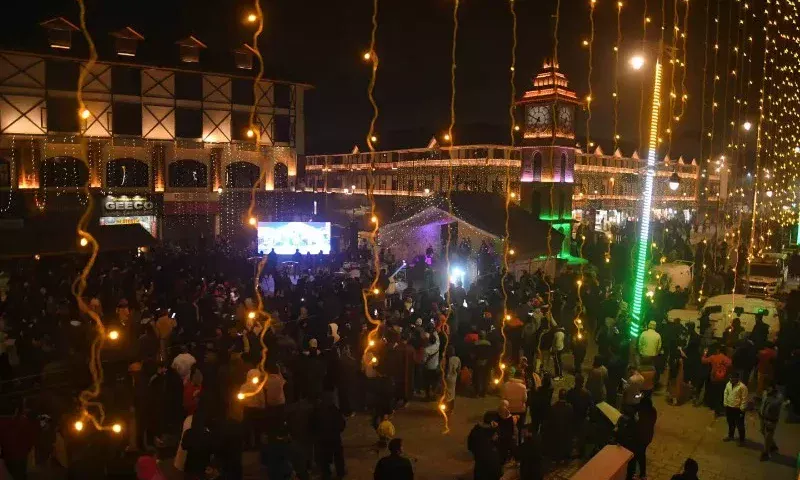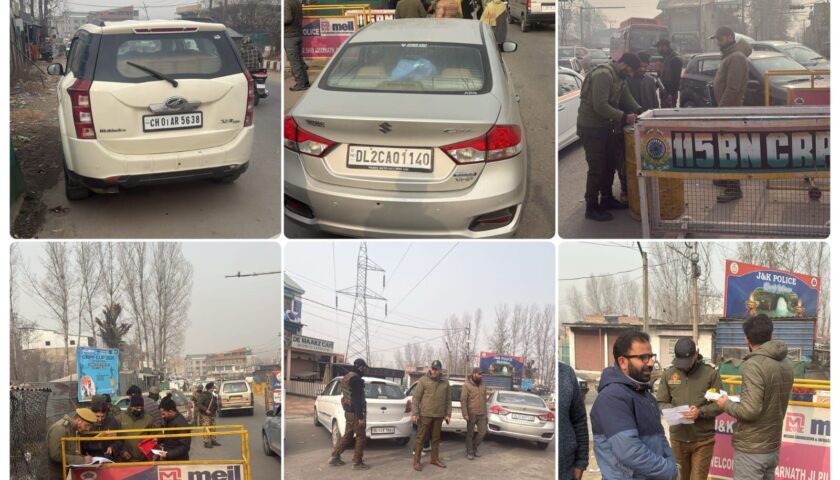The confrontation between civilians and Indian Army in Kashmir is reaching a tipping point. Almost every other day, men, women and even children, especially in south Kashmir, scuttle the cordon and search operations of security forces. It is a dangerous proposition fraught with life risk, but at the centre of these theatrics is the absence of fear among people. It is also the right time to ponder why we are where we are today.
During the 2008 and 2010 unrest in the Kashmir Valley, and many short-lived agitations before that, rarely had army vehicles or convoys under attack from stone-pelters or protesters. In fact, during the 2008 and 2010 civilian uprisings, people formed human chains around protesters to let the army convoys pass to avoid any confrontation.
There are hardly any statistics on instances or eyewitness accounts available to back up the claim that civilians tried to divert the attention of forces from the site of a gun battle or scuttled an operation even during the heyday of the insurgency in the early 1990s. This is a totally new trend that reflects the loss of fear of death among people who have witnessed gory incidents of abuses repeatedly happening around them.
The first of such incidents was reported early last year, but they began picking up after the death of Burhan Wani in July last year. What could have been a local law and order problem to be dealt with effectively by the police, saw the army getting involved by saying that those throwing stones at forces would be treated as over ground workers (OGWs) of militants.
This was followed by the killing of couple of protesters in south Kashmir, while they tried to foil counter insurgency operations. The reaction was instant: Even those Kashmiris who were afraid of an army convoy passing through their areas, began filling the streets and throwing stones at forces in the middle of operations whenever they had intelligence about the presence of militants.
There was a time when the army was feared in Kashmir, perhaps for its campaign against the militants in the early days of the insurgency and an endless regime of human rights violations that were hardly investigated by the state and the accused officers were rarely punished. Even today, the presence of the army on the streets of, say, Srinagar, creates a scare among people who have had to bear its highhandedness.
But that fear is missing in Kashmir’s younger generation, many of whom are in their teens and hardly scared of the army the way the older generation — that has seen the worst of the counterinsurgency campaigns and the brutalisation of Kashmir’s society due to over-securitisation of the Valley — are.
Whenever one hears of a gunfight and the killing of a militant these days, it has become a routine for people to travel from far-off places to attend funerals and also possibly witness gun-wielding militants appearing on the site. The prospect of the army attacking the funeral procession, where a militant is suspected to be present, and the consequent fear of death, has long gone from people who join in the thousands whenever such an event presents itself.
“The army,” a former commander who led the forces in Kashmir told me once, “is a personality-driven institution. Every person, every new commander, brings his own philosophy and the way of functioning into the forces.”
For years, when a negative peace was prevailing and a sustained ceasefire at the borders had left the army with nothing do in Kashmir, except for constructing beautiful guest houses for its commanders, the force was in conflict-resolution mode, trying to build bridges though dialogue by inviting scholars, journalists and bureaucrats to discuss human rights issues inside its bases in the Valley.
The army had largely left the active combat mode as a semblance of peace prevailed. But today, after the current army chief General Bipin Rawat took over, he started issuing, according to some Kashmir experts, “provocative statements” that, instead of creating a sense of dread among people going to encounter sites, fearing reprisal, has done exactly the opposite.
The fear of death seems to have vanished in Kashmir and it is not at all good news for people who care about Kashmir.




